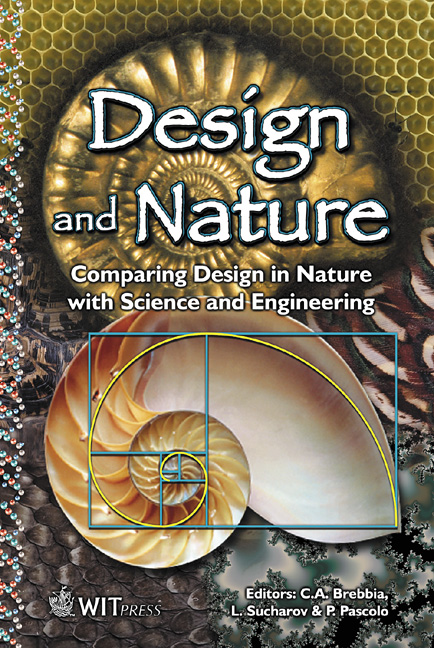Biomimetic Manufacturing Of Fibers
Price
Free (open access)
Transaction
Volume
57
Pages
Published
2002
Size
765 kb
Paper DOI
10.2495/DN020381
Copyright
WIT Press
Author(s)
F. Teulé, S. Jung, J. Wood, W. R. Marcotte, M. S. Ellison & A. G. Abbott
Abstract
Several fiber protein encoding genes based on several published sequences of natural protein fibers such as silk and collagen were engineered. These engineered spider silk like homopolymer (spidroin 1 or spidroin 2) and collagen- silk copolymer genes were cloned and expressed in yeast (Pichia pastoris). To test the importance of alanine residues in spidroin 1 proteins and their impact on the mechanical properties of the resulting fibers, several spidroin 1 constructs were made that contained sequences encoding for different amounts of alanine repeats in the protein (normal, low, and no alanine residues). One of the copopolymer genes was also engineered in a plant vector and introduced in tobacco for expression. All these synthetic genes will be expressed in higher plants particularly seed storage protein producing plants such as legumes, as possible good candidates for large-scale production of newly designed fiber proteins. For production in plants, the use of natural high-level seed specific promoters is being investigated. Expression of these synthetic genes in transgenic systems such as yeast and plants should provide sufficient quantities of recombinant protein for fiber and film production. With sufficient quantities of protein available, we are currently designing spinning technologies based on biological systems and we are investigating the role that various protein primary structural components play in fiber production. 1 Introduction Like all more evolved spiders, the golden orb weaver spider (Nephila clavipes) possesses seven types of silk glands that she uses to make different types of silk depending on their use (e.g. web, cocoon, dragline). The spider then spins its
Keywords





